
Borago officinalis L. JuzaPhoto
Borago officinalis L. (Boraginaceae) ( Syn.: B. hortensis L.) Shahid Akbar Chapter First Online: 22 April 2020 146 Accesses 1 Citations 1 Altmetric Abstract

Borago officinalis (borage) Go Botany
Borage (Borago officinalis L.) is considered as a native of both Europe and Asia.Several species around the globe fall under the denomination of "borage". The presence of the highest γ-linolenic acid content in the seeds of borage makes borage distinctively important mainly for the nutraceutical and pharmaceutical research. γ-Linolenic acid is an omega -6 polyunsaturated fatty acid which.

Borretsch Borago officinalis Nutzpflanzen
The flowers of Borago officinalis L. (Boraginaceae), commonly known as borage, are widely used as a culinary ingredient. The aim of this study was to assess the potential benefits of fresh borage flower extract related to antioxidant, neuroprotective and anti-aging properties. The extract was obtained by Soxhlet extraction with ethanol as a solvent, and fatty acids were detected by GC-FID.
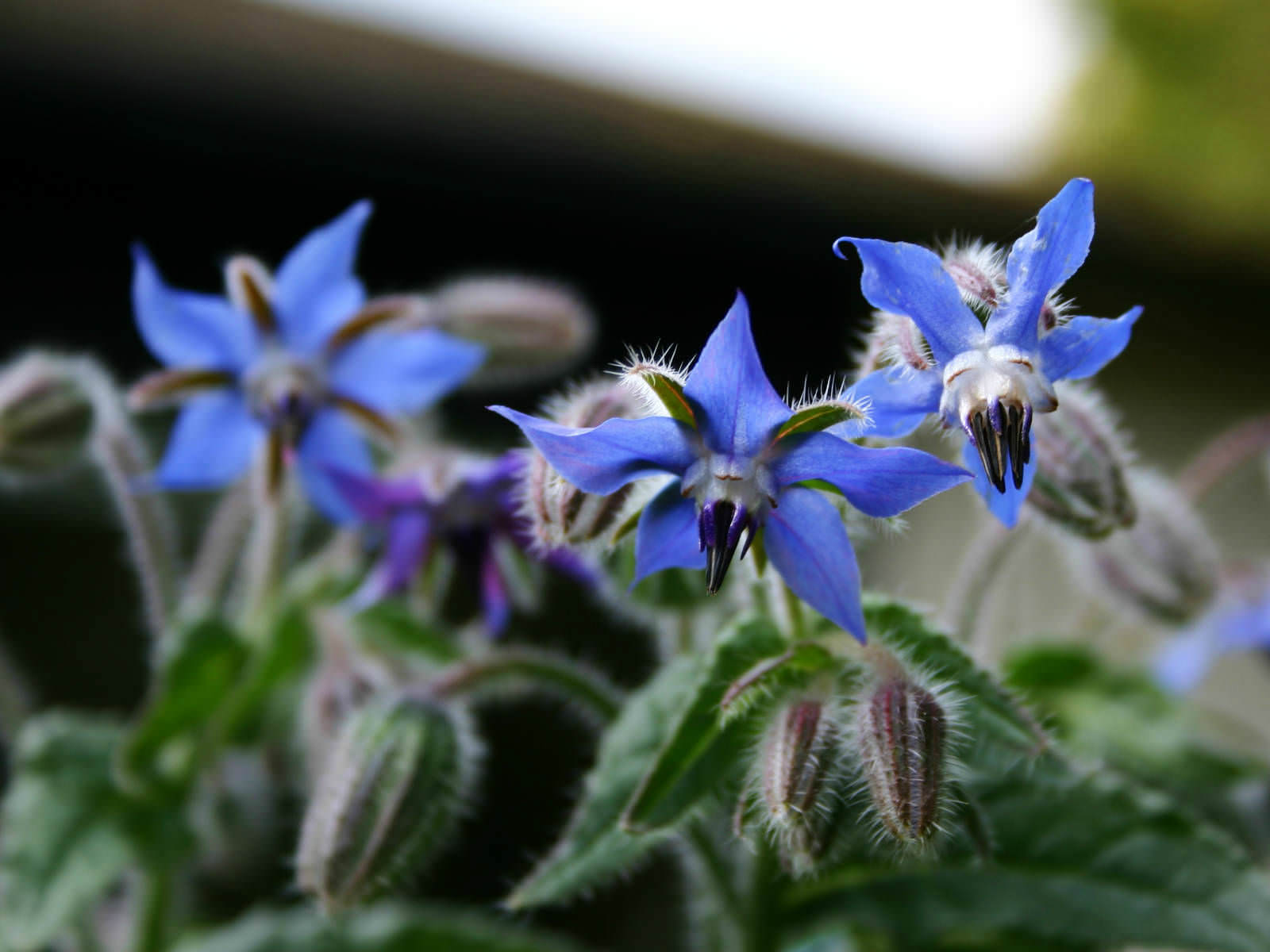
Borago officinalis (Borage) World of Flowering Plants
Borago officinalis L. common borage. Data Source. Last Revised by: USDA NRCS National Plant Data Team. Curated and maintained by: USDA NRCS National Plant Data Team. Data Documentation. The PLANTS Database includes the following 41 data sources of Borago officinalis L. - Showing 1 to 25.
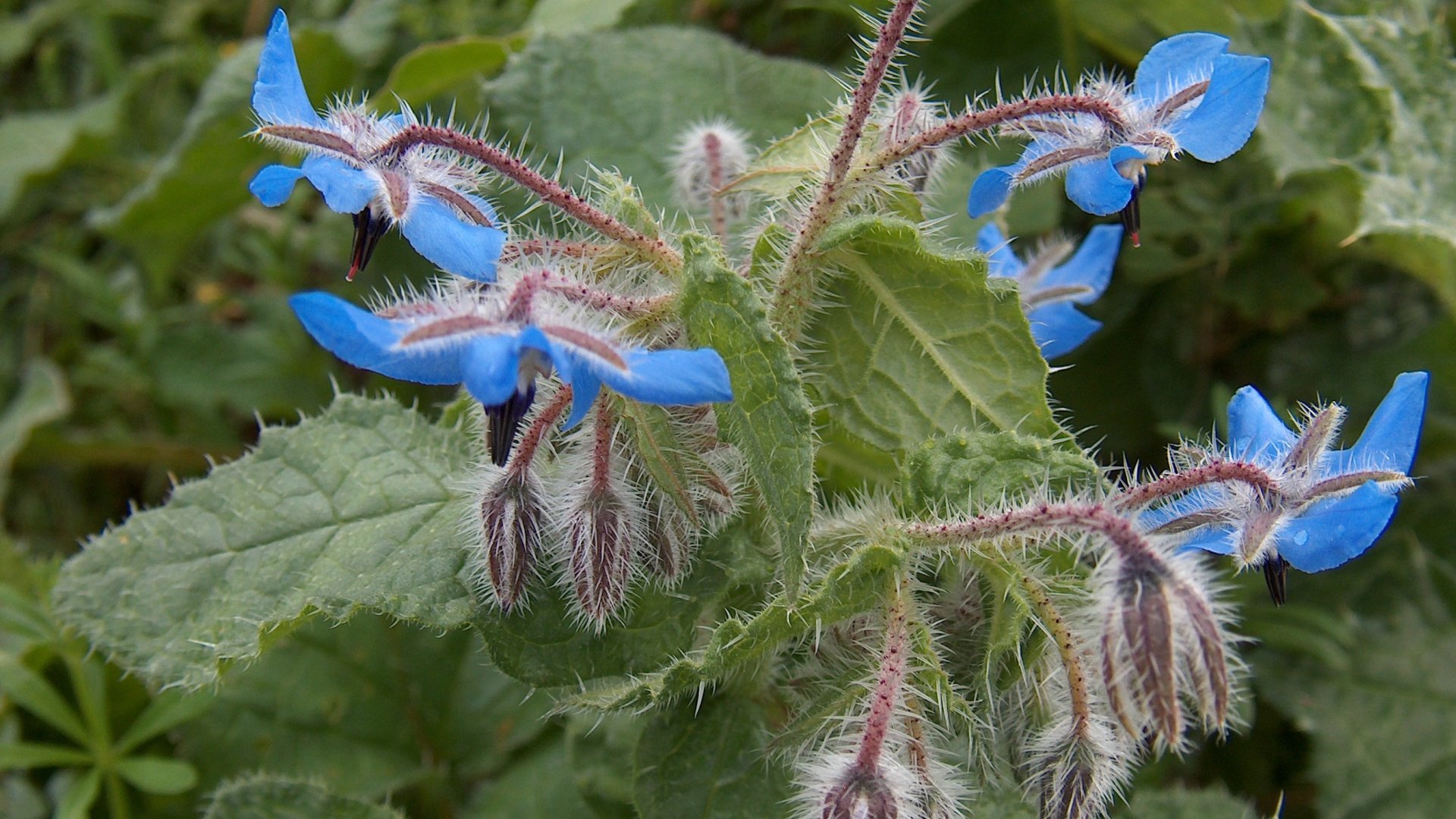
(Italiano) Borago officinalis Sistematica, Etimologia, Habitat, Coltivazione
Borago officinalis (Common Borage) is a species of annual herb in the family Boraginaceae. They have a self-supporting growth form. They are associated with freshwater habitat. They are native to mediterranean basin. They have simple, broad leaves.
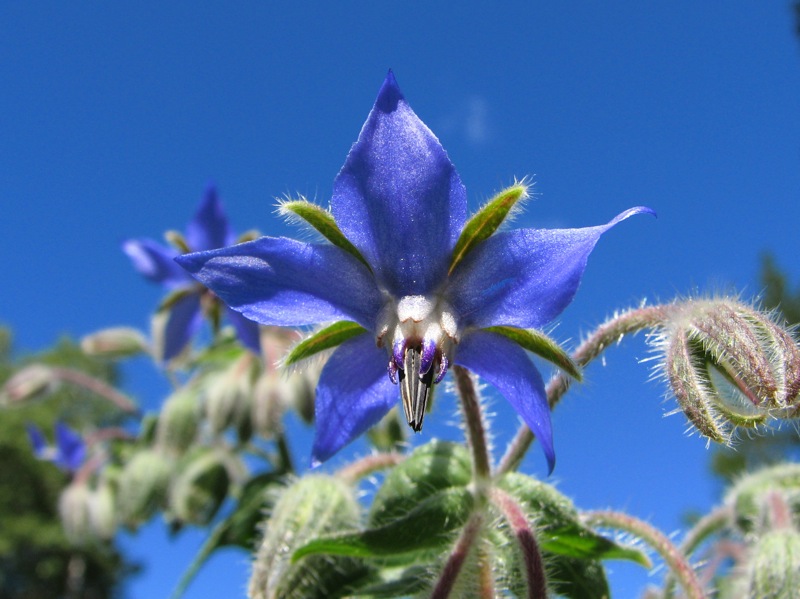
Borago officinalis L. Sinergienaturali
La Bourrache ou Bourrache officinale ( Borago officinalis L.) est une espèce de plantes annuelles de la famille des Boraginacées, assez commune en Europe . Caractéristiques botaniques Borago officinalis Futures fleurs de bourrache officinale. Bourrache officinale en pied. Inflorescences. Fleur. Détail de la fleur. Deux fleurs. Feuillage.

Borage (Borago officinalis L.) is known to tolerate high saline (salty) soils rather well
Borage (Borago officinalis L.) is a typical Spanish plant. During processing, 60% are leaves. The aim of this work is to model and optimize the extraction of polyphenol from borage leaves using the response surface method (RSM) and to use this extract for application in emulsions. The responses were: total polyphenol content (TPC), antioxidant.
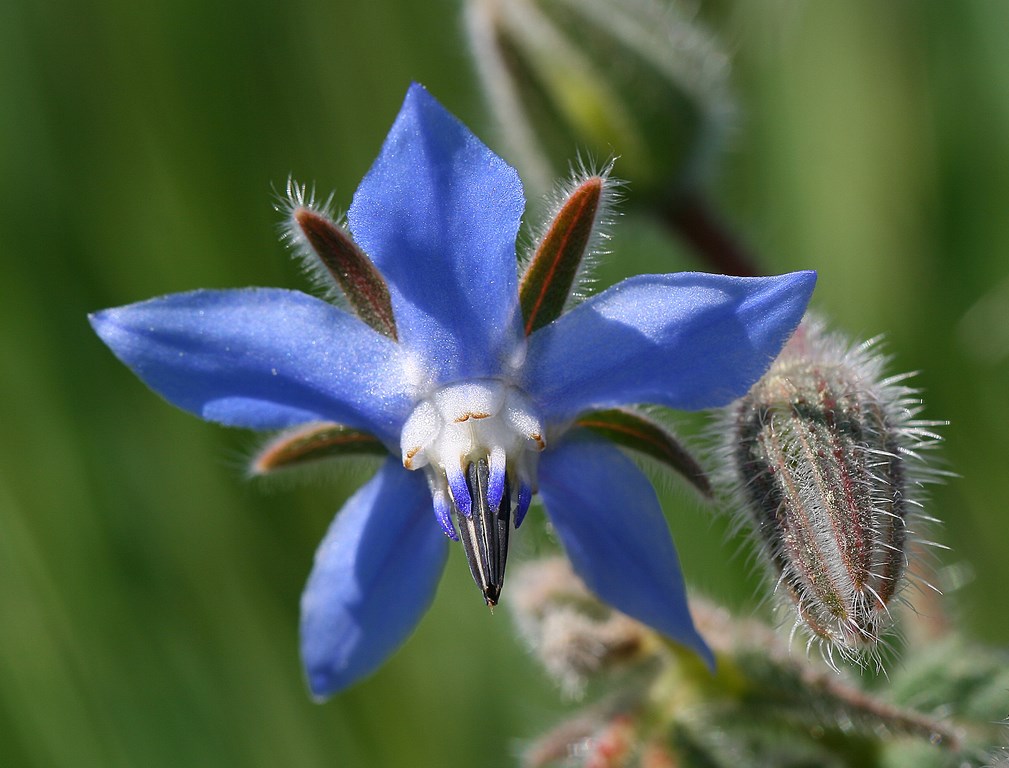
Borraja Borago officinalis (L.) sp. Pl. 1753, flor de Asociación Gardatxo Elkartea
Borage (Borago officinalis L.) is a herbaceous plant of the Boraginaceae family native to North Africa and widely spread in many Mediterranean countries. In Algeria, this plant is used not only for preparing beverages and salads but also for different medicinal purposes.
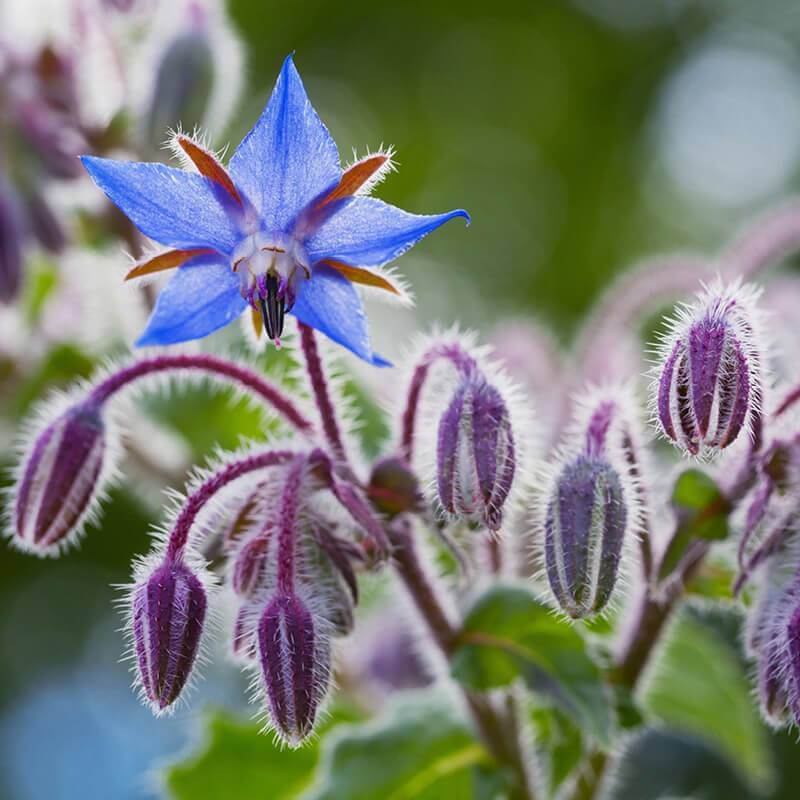
Seeds of Common Borage BORAGO OFFICINALIS The Original Garden
Borago officinalis L. First published in Sp. Pl.: 137 (1753) This species is accepted Distribution KBD Native to: Algeria, Baleares, Corse, France, Greece, Italy, Kriti, Libya, Morocco, Portugal, Sardegna, Sicilia, Spain, Tunisia, Yugoslavia Introduced into:
+Flores+silvestres+02.jpg)
Flores y plantas silvestres " Borago officinalis ". Borraja.
2.1 Name 2.2 Family 2.3 Taxonomy and genetics 3. Geographical distribution 3.1 Potential range in North America 4. Biology 4.1 Reproductive biology 4.2 Cultivation and use as a crop 4.3 Cultivated crop as a volunteer weed 4.3.1 Cultural/mechanical control 4.3.2 Chemical control 4.3.3 Integrated weed management 4.4 Means of dispersal

Borago L. Plants of the World Online Kew Science
borage, ( Borago officinalis ), an edible and ornamental plant with loose drooping clusters of starlike bright blue flowers, in the family Boraginaceae. Borage is native to the eastern Mediterranean region and is cultivated in various parts of Europe, Great Britain, and North America.

common borage (Borago officinalis)
Borage (Borago officinalis L.), Boraginaceae, is an annual species native to the Mediterranean region.It has been naturalized in Central, Eastern, and Western Europe and North America (Gupta & Singh, 2010; Pieszak, Mikołajczak, & Manikowska, 2012).In Poland, borage is a rare plant, cultivated mainly in home gardens but sometimes treated as a weed (Szafer, Kulczyński, & Pawłowski, 1988.
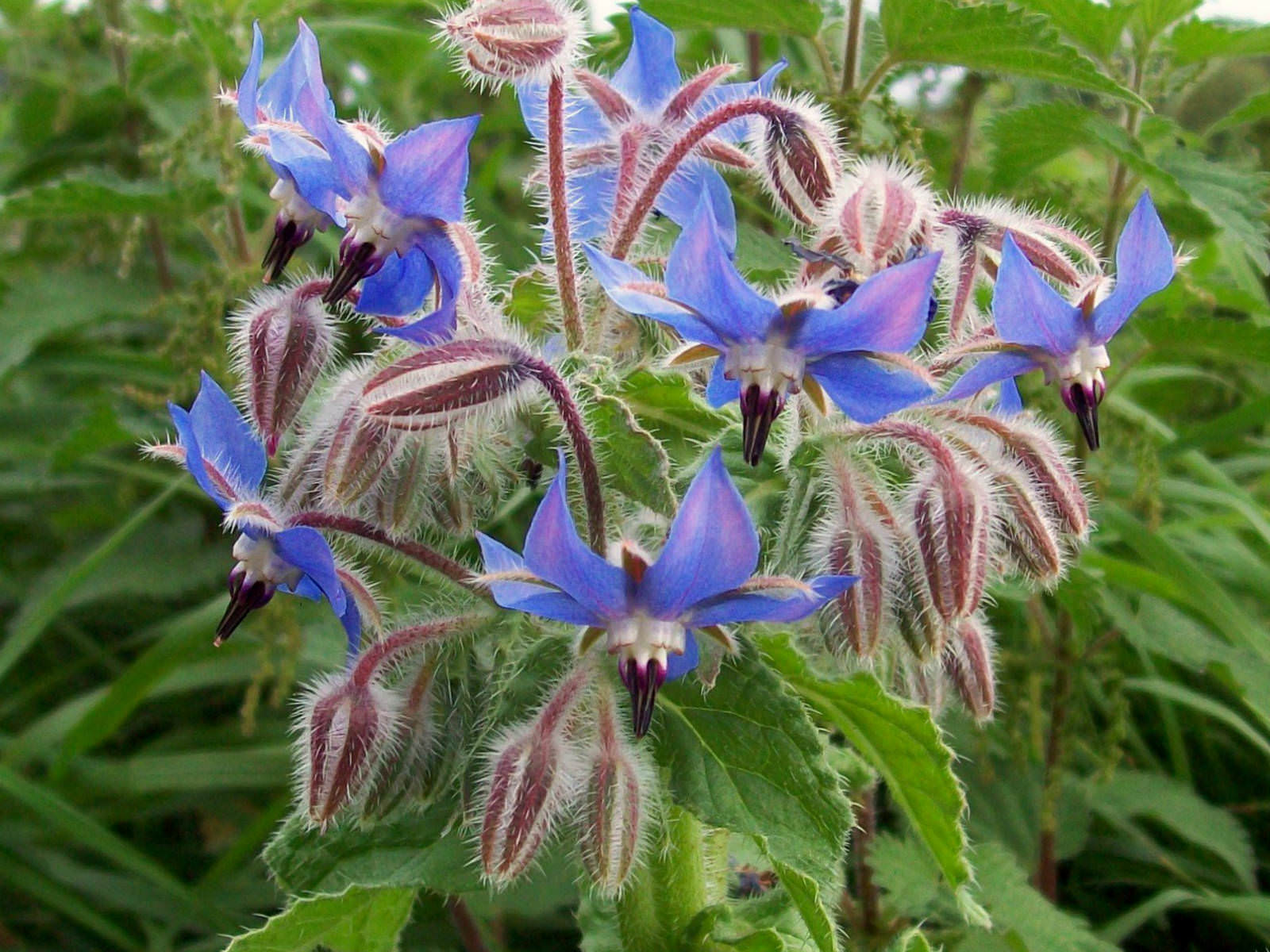
Borago officinalis (Borage) World of Flowering Plants
Borago, or borage, is a genus of five species [1] of herbs native to the Mediterranean, with one species, Borago officinalis, cultivated and naturalized throughout the world. Uses Borago officinalis is used medicinally, in companion planting, in cooking, and as an oilseed. Cooked stalks are sometimes eaten as a vegetable.
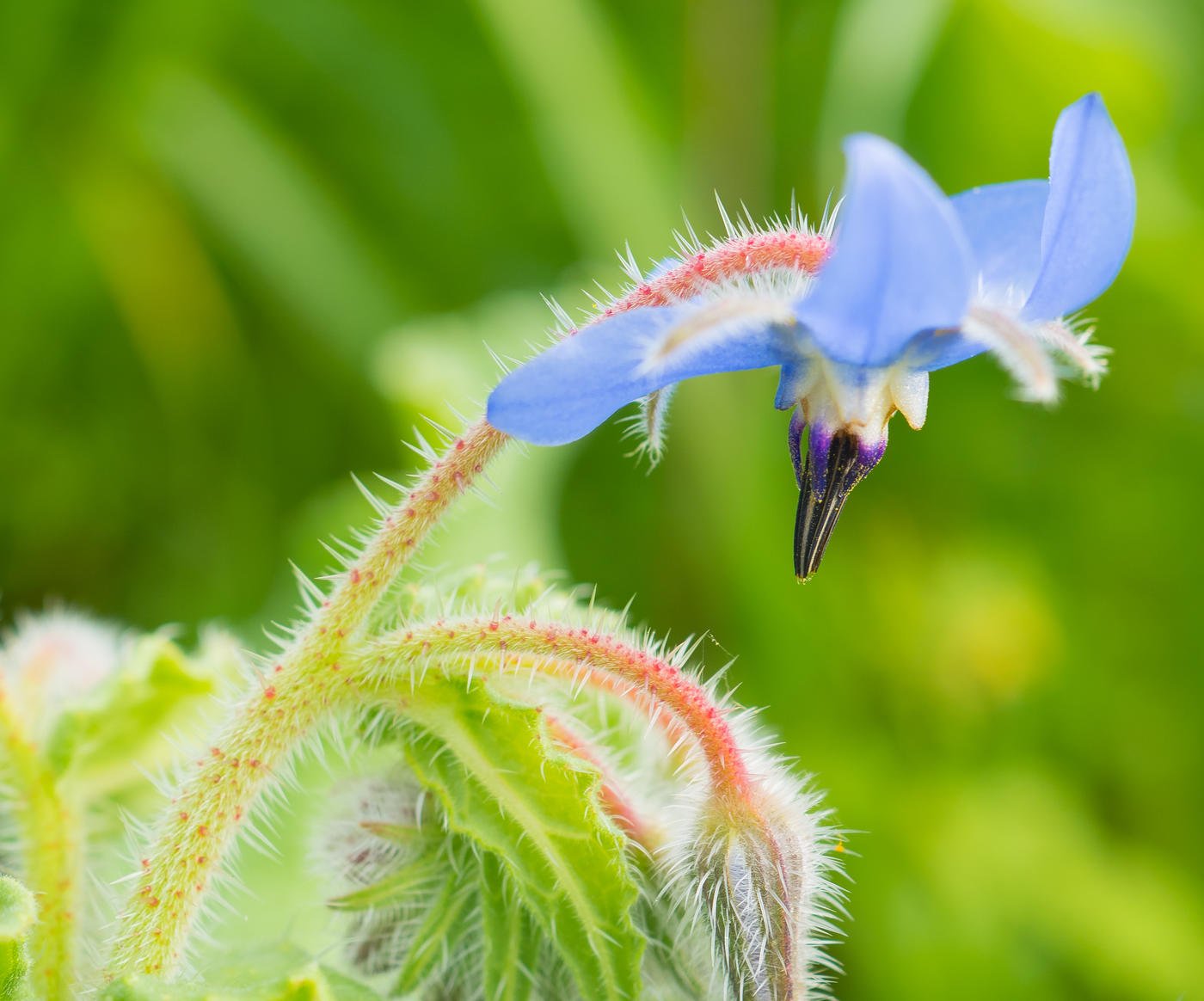
Fotografía Borago officinalis L. ( Borraja ). de Luis Montalbán Pozas
Borage Health Benefits. Both flowers and leaves are used for fever, cough, and depression. The leaves are rich in vitamin C, calcium, potassium, and trace minerals. Thanks to its rich level of omega-6 fatty acids, Borage oil is anti-inflammatory. However, Borage should not be used in high doses or over long periods.
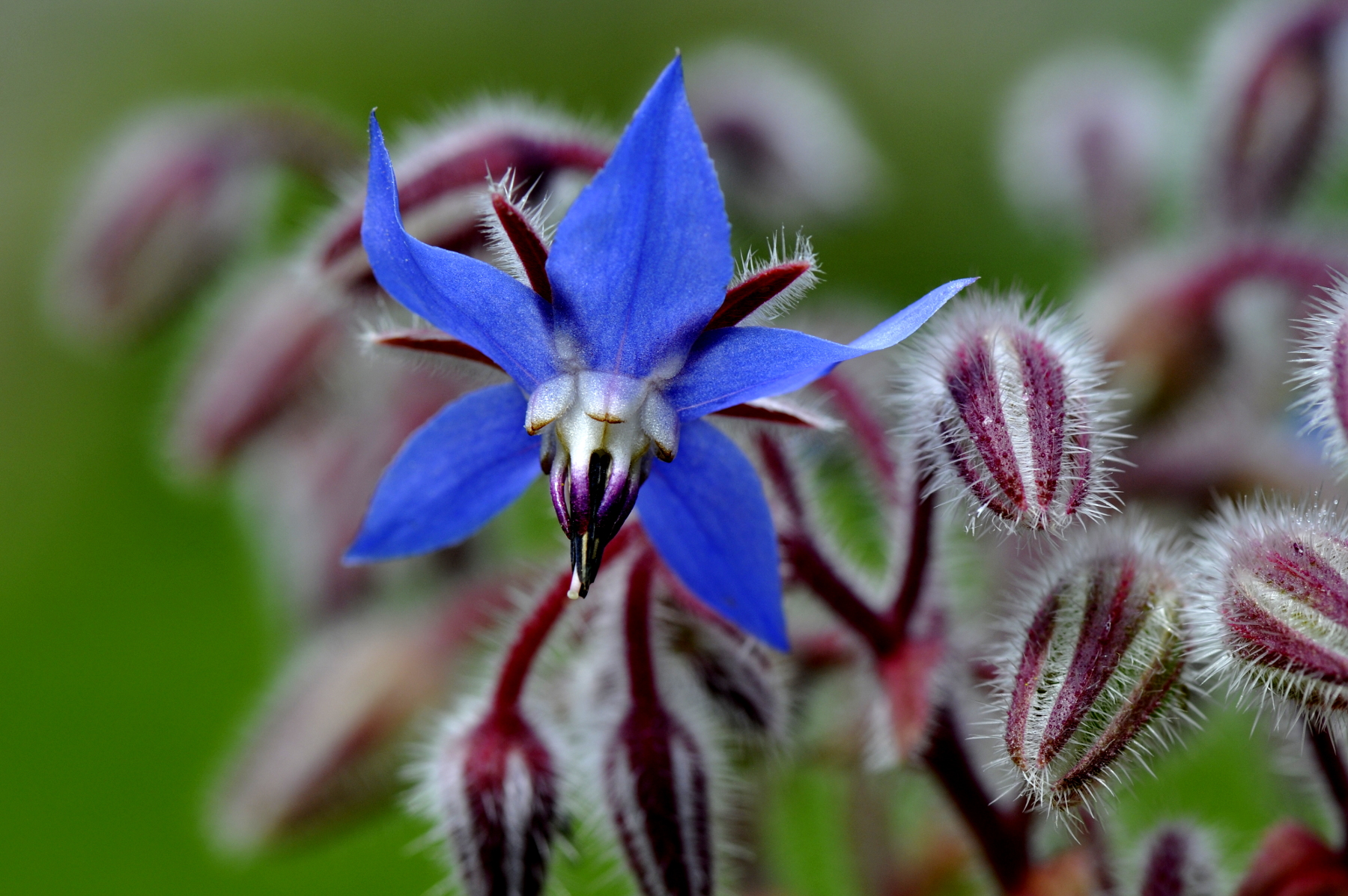
Nature Borago officinalis
The herbal plant Borago officinalis L. flower were analysed for its bioactive compounds and antioxidant, antibacterial, anti-inflammatory and anticancer activities using different solvent polarities (methanol, ethanol and water).

Borago officinalis L. JuzaPhoto
Form: Irregular or sprawling. Physical Characteristics Borago officinalis is a ANNUAL growing to 0.6 m (2ft) by 0.3 m (1ft in) at a medium rate. See above for USDA hardiness. It is hardy to UK zone 7 and is not frost tender. It is in flower from June to October, and the seeds ripen from July to October.